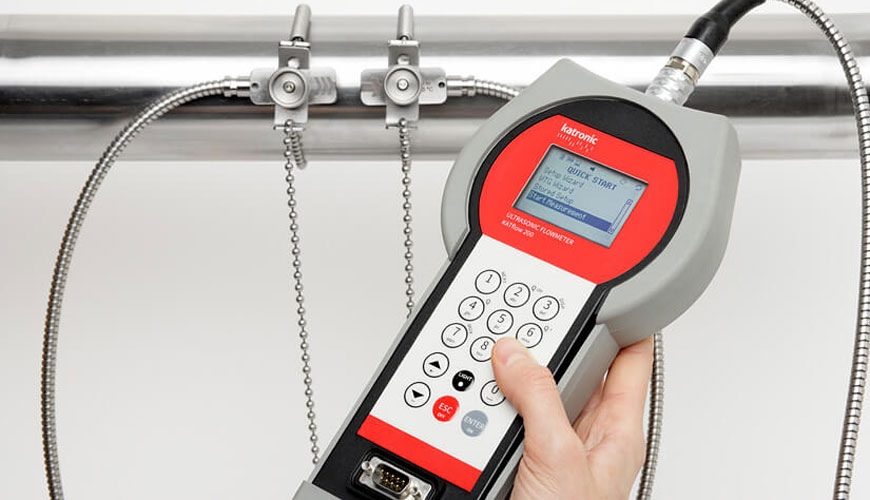

EUROLAB laboratory provides testing and compliance services within the scope of EN ISO 8301 standard. International Standard EN ISO 8301 defines the use of the heat flow meter method to measure the steady-state heat transfer across flat plate specimens and the calculation of the heat transfer properties of the specimens. This is a secondary or relative method as the ratio of the thermal resistance of the sample to that of a standard sample is measured.

Reports conforming to this standard test method will refer to samples with a thermal resistance greater than 0,1 m 2 K/W, provided that the thickness limits are not exceeded. If the samples meet the specified requirements, the resulting properties should be defined as the thermal conductivity and thermal resistance of the sample. If the samples meet the requirements, the properties obtained should be defined as the average thermal conductivity of the sample under consideration. If the samples meet the requirements, the property obtained can be defined as the thermal conductivity or permeability of the material under consideration.
This International Standard is divided into three parts, representing the most comprehensive collection of information needed to use the heat flow meter apparatus:
While the user of the method may need to concentrate only on part 3 for testing purposes, he must be familiar with the other two parts to obtain accurate and precise results. Must be particularly knowledgeable about general requirements. Chapter 2 is for the tool builder, but he too must be familiar with the other sections to build a good tool.
Numerous tests are performed on light-density porous materials. In such cases, the actual heat transfer in them may involve a complex combination of different additives.
Heat transfer by radiation is the primary source of the dependence of the transfer factor on sample thickness. As a result, not only the material properties but also the radiation properties of the surfaces bounding the sample affect the results. Therefore, thermal resistance is the property that better describes the thermal behavior of the sample, provided it is accompanied by information about the limiting surfaces.
If there is any possibility of onset of convection in the sample (for example, in light mineral wool for low temperatures), the difference in apparatus orientation, thickness and temperature can affect both the transfer factor and the thermal resistance. In such cases, although the information provided in the test procedures does not cover these test conditions in detail, as a minimum, the exact geometry and boundary conditions of the specimen being tested should be specified. In addition, it will require considerable knowledge to evaluate the measurement in this way, especially when applying the measured values in practice.
The effect of moisture in the sample on heat transfer during measurement is also a very complex issue. Therefore, only dried samples should be tested according to standard procedures. Measurements on moist materials require additional precautions not covered in detail in this International Standard.
Although other factors such as workmanship may affect this behavior, knowledge of the physical principles is also extremely important when using a heat transfer property determined by this test method to predict the thermal behavior of a given material in a practical application.
The design and subsequent correct operation of a heat flow meter (HFM) device to obtain accurate results and interpretation of experimental results is a complex issue that requires great care. It is recommended that the designer, operator, and user of the measured data of the HFM instrument have a thorough knowledge of the heat transfer mechanisms in the materials, products, and systems under consideration, along with experience in electrical and temperature measurements, particularly at low signal. levels. Good laboratory practices in accordance with general testing procedures should also be maintained. In-depth knowledge in each specified area may differ for the designer, operator, and data user.
Among the services provided by our organization within the framework of material testing services, there are also EN ISO 8301 standard tests. Do not hesitate to contact our laboratory EUROLAB for your testing and certification requests.
To get an appointment, to get more detailed information or to request an evaluation, you can ask us to fill in our form and reach you.